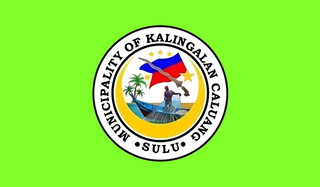
Kalingalan Caluang, officially the Municipality of Kalingalan Caluang, is a 5th class municipality in the province of Sulu, Philippines. According to the 2020 census, it has a population of 39,549 people.
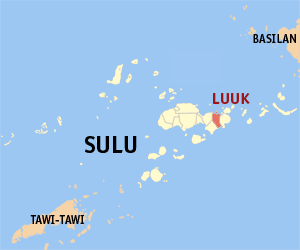
Luuk, officially the Municipality of Luuk, is a 3rd class municipality in the province of Sulu, Philippines. According to the 2020 census, it has a population of 37,873 people.
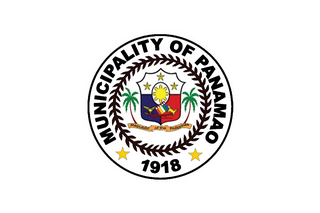
Panamao, officially the Municipality of Panamao, is a 4th class municipality in the province of Sulu, Philippines. According to the 2020 census, it has a population of 49,849 people.
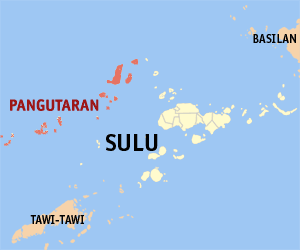
Pangutaran, officially the Municipality of Pangutaran, is a 4th class municipality in the province of Sulu, Philippines. According to the 2020 census, it has a population of 36,374 people.
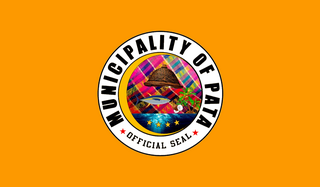
Pata, officially the Municipality of Pata, is a 5th class municipality in the province of Sulu, Philippines. According to the 2015 census, it has a population of 22,163 people.

Siasi, officially the Municipality of Siasi, is a 2nd class municipality in the province of Sulu, Philippines. According to the 2020 census, it has a population of 81,689 people.

Banguingui, officially the Municipality of Banguingui, is a 4th class municipality in the province of Sulu, Philippines. According to the 2020 census, it has a population of 35,616 people.

Bongao, officially the Municipality of Bongao, is a 2nd class municipality and capital of the province of Tawi-Tawi, Philippines. According to the 2020 census, it has a population of 116,118 people.

Languyan, officially the Municipality of Languyan, is a 1st class municipality in the province of Tawi-Tawi, Philippines. According to the 2020 census, it has a population of 37,096 people.
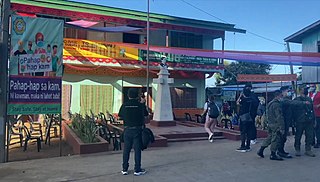
Mapun, officially the Municipality of Mapun, is a 4th class municipality in the province of Tawi-Tawi, Philippines. According to the 2020 census, it has a population of 30,038 people.

Panglima Sugala, officially the Municipality of Panglima Sugala, is a 3rd class municipality in the province of Tawi-Tawi, Philippines. According to the 2020 census, it has a population of 48,055 people. It was formerly known as Balimbing.
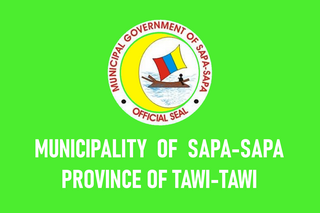
Sapa-Sapa, officially the Municipality of Sapa-Sapa, is a 3rd class municipality in the province of Tawi-Tawi, Philippines. According to the 2020 census, it has a population of 33,580.

Sitangkai, officially the Municipality of Sitangkai, is a 1st class municipality in the province of Tawi-Tawi, Philippines. According to the 2020 census, it has a population of 37,319 people.

South Ubian, officially the Municipality of South Ubian, is a 3rd class municipality in the province of Tawi-Tawi, Philippines. According to the 2020 census, it has a population of 29,583 people.

Tandubas, officially the Municipality of Tandubas, is a 2nd class municipality in the province of Tawi-Tawi, Philippines. According to the 2020 census, it has a population of 34,316 people.

Sultan Dumalondong, officially the Municipality of Sultan Dumalondong, is a 6th class municipality in the province of Lanao del Sur, Philippines. According to the 2020 census, it has a population of 12,500 people.

Taraka, officially the Municipality of Taraka, is a 4th class municipality in the province of Lanao del Sur, Philippines. According to the 2020 census, it has a population of 27,184 people.

Sumisip, officially the Municipality of Sumisip, is a 1st class municipality in the province of Basilan, Philippines. According to the 2020 census, it has a population of 47,345 people.

Sibutu, officially the Municipality of Sibutu, is a municipality in the province of Tawi-Tawi, Philippines. According to the 2020 census, it has a population of 34,243 people.

Omar, officially the Municipality of Omar, is a municipality in the province of Sulu, Philippines. According to the 2020 census, it has a population of 28,070 people.

























